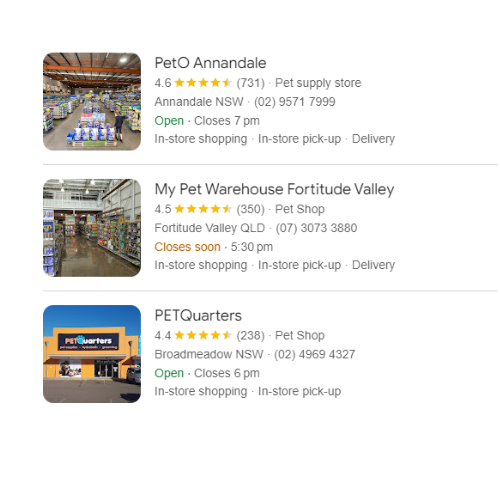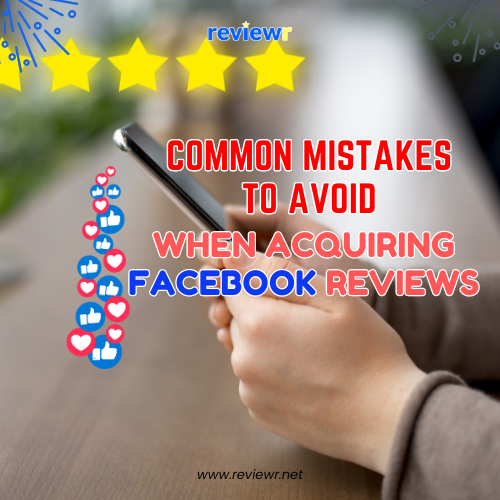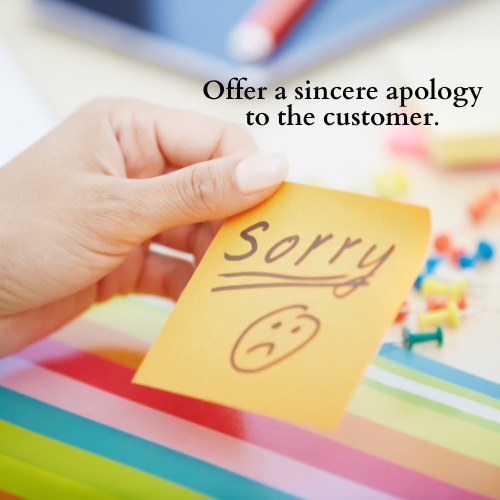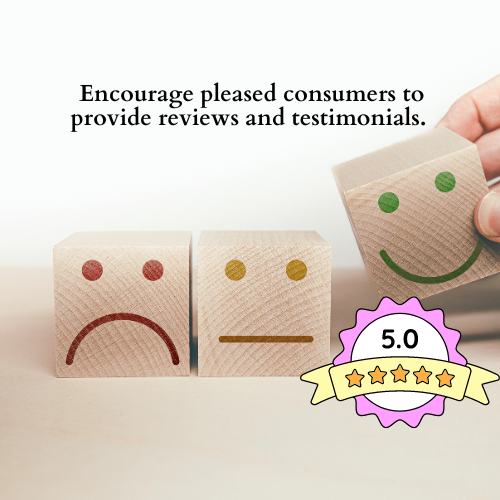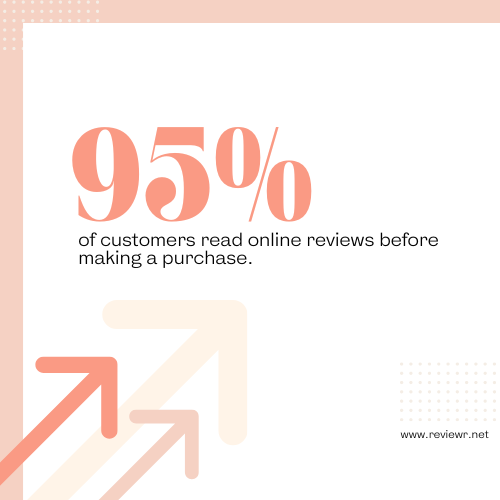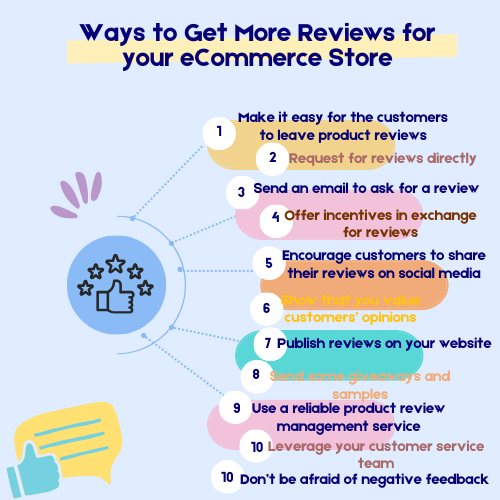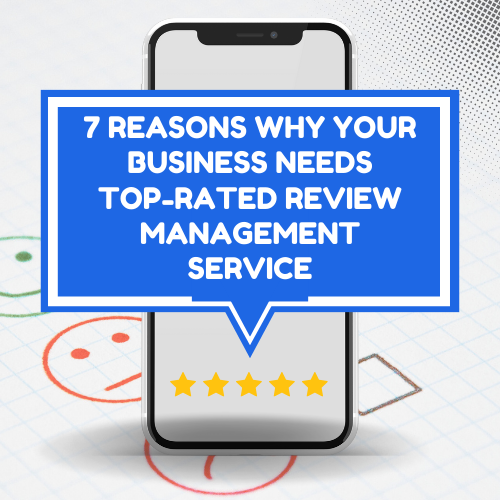The Power of Quality Reviews in Enhancing Your Online Business Reputation
Online reviews have become a cornerstone of a business's reputation. There’s no doubt about that. As potential customers increasingly rely on reviews to make informed decisions, the quality and quantity of these reviews can greatly influence a business's success.
In this article, we will explore the significant impact of quality reviews on enhancing your online business reputation. We’ll also offer practical tips for leveraging reviews to your advantage.
What makes it more exciting? We’ve asked digital marketers and business owners to share their valuable insights about the power of quality reviews for every business.
Why Online Reviews Matter
Online reviews are beyond feedback; they are powerful tools that shape public perception. In fact, a significant percentage of consumers read reviews before making a purchase decision. In fact, 90% of customers say positive reviews influence their decision to buy. Positive reviews can attract new customers and boost credibility. On the other hand, negative reviews can harm reputation and even deter potential customers.
Providing Proof of Quality
Online reviews serve as social proof of your product or services. They build trust with your current and potential customers, showcasing real experiences and satisfaction.
Greg Zakowicz, Senior Ecommerce Marketing expert at Omnisend, believes that a brand could have the best product in the world, but poor reviews can sabotage a company from the onset. “Consider a shopper looking to switch their company’s software provider. Their initial step is to find a list of providers. For each one, they’re likely to type in the company name and then the word “reviews.” If they are initially presented with low scores, they may immediately move to the next company, without even reading about the company,” explains Zakowicz.
Poor reviews can ruin customers’ trust, making them hesitant to engage with your business. That can also lead to a decline in sales and decreased customer loyalty.
“For my business, quality reviews are the golden ticket to building trust with potential customers,” says Udemezue John, Digital Entrepreneur from Tchelete. He also added that positive reviews packed with details about what makes his business great are like gold. They show that his business is reliable, professional, and delivering a fantastic product or service.
Andrew Wilson, owner of Tulsa Concrete Contractors, shared the same thoughts. For him, good reviews build trust and credibility with potential customers.
“They’re social proof that my product or service is legit. Plus, they can boost my search engine rankings. Acquiring quality reviews is crucial. I make sure to provide excellent service and ask happy customers to leave reviews.I monitor feedback closely and address any issues pronto,” Wilson stated.

Valentin Radu, founder & CEO of Omniconvert, a platform dedicated to helping eCommerce businesses thrive by unlocking the value of customer data, stressed that acquiring good reviews is key for anyone running an online shop.
“These glowing endorsements do wonders for your shop's trustworthiness, showing potential customers that what you're selling is top-notch because others who've bought it say so. I've personally seen how a batch of positive reviews can make people more willing to buy, boosting sales and making your brand look better in the process. They also give you gold-star feedback to fine-tune what you're selling and how you talk to your customers, making their shopping experience even better,” he also added.
As for Alina Samchenko, COO of HireDevelopersBiz, quality reviews are the lifeblood of any online business.
“Quality reviews serve as social proof of the value we provide. When potential clients stumble upon our website or social media profiles, seeing positive testimonials from satisfied customers can instantly instill trust and credibility. It's like having a virtual word-of-mouth marketing campaign working in our favor 24/7”, Samchenko mentioned.
Building Trust and Credibility
Quality reviews provide social proof, a psychological occurrence where people assume the actions of others reflect correct behavior. When potential customers read positive reviews, they are more likely to trust your business.
As for Sahil Kakkar, Founder and CEO of RankWatch, quality reviews are indispensable for maintaining a reputable online presence. They act as social proof that potential customers look for before committing to a service. He also stated that they encourage their users to leave detailed reviews by making the process as simple as possible and by responding to each review, whether positive or negative. This strategy demonstrates their commitment to customer satisfaction further solidifying their reputation in the digital space.

Customer reviews are also known to be an effective way of acquiring referrals. For Mike Lansing, Managing Editor and certified garden designer at Planters Digest, having satisfied clients who tell their friends and family about you can't feel any more fulfilling.
“Perhaps a week later, their mother or neighbor will give you a call to say they were referred by one of your earlier customers”, he added. Lansing also mentioned that a company that receives great ratings is more likely to generate leads and enhance profits.
Samantha Odo, Real Estate Sales Representative & Montreal Division Manager of Precondo, believes that quality reviews are like a public endorsement of your business.
“When a customer leaves a positive review, it’s as if they’re personally recommending your business to potential customers. This is incredibly powerful, as people tend to trust the opinions of others, especially when they’re making purchasing decisions,” Odo said as she points out the immense power of quality reviews in shaping the reputation of any online business.
Overall, reviews from real customers can validate the quality of your products or services and create a sense of reliability and trustworthiness.
Enhancing SEO and Online Visibility
Search engines like Google take reviews into account when ranking businesses. A higher number of positive reviews can improve your local SEO, making your business more visible to potential customers searching for relevant keywords. This increased visibility can drive more traffic to your website and boost sales.

Magee Clegg, founder and CEO of Cleartail Marketing, leveraged detailed customer reviews to refine and optimize their clients' services and products. An analysis of customer feedback through their reputation management tools highlighted specific areas for improvement that directly aligned with customer expectations and needs. According to Clegg, this strategy underscores the dual benefit of quality reviews: they boost your online presence by enriching SEO and provide invaluable insights that drive business decisions.
Robin Salvador, Digital Marketing Manager of EricMelillo shared the same view.
“Positive reviews not only attract potential customers but also improve search engine rankings. They build trust, credibility, and brand loyalty, influencing purchase decisions and fostering a positive brand image,” he said.
Encouraging Customer Engagement
Reviews open an effective channel for direct communication between you and your customers. Responding to reviews, whether positive or negative, shows that you value customer feedback and are committed to improving their experience. This engagement can foster loyalty and encourage repeat business.
“When a business has a collection of genuine, positive reviews from satisfied customers, it sends a strong signal to others that they can trust the business to deliver on its promises,” says Jon Morgan, CEO & Editor-in-Chief of VentureSmarter.
He also mentioned that by analyzing them and identifying common themes and concerns, businesses can improve their products, services, and overall customer experience. It will also allow businesses to stay ahead of the competition.
Joyce Tsang, owner of a boutique content marketing consultancy, prioritizes gathering client feedback, regardless of their commitment or size.
“Reviews serve as more than just trust-building content that fits perfectly at the bottom of the sales funnel. They also reflect who you are as a service provider, set expectations for potential clients, and provide valuable insights into how effectively I present my branding and key messages,” she added.

Asking reviews and handling them properly not only encourage customer engagement but also build a stronger relationship with them.
Strategies for Acquiring Quality Reviews
Some marketers believe that customer reviews are the lifeblood of the business. Online reviews can make or break you — depends on how you’re handling them.
Wesley S Cable Sr, SEO Specialist of CreativityNext SEO Solutions, always tells their clients that quality Google reviews are the modern word-of-mouth that every small business needs.
“The business who has the most 5 star reviews is almost always listed first in the Map Pack. We also tell our clients that it's not always the number of reviews that you receive but the quality of the review matters,” he explains.
Gabriel Lukov, Head of Inbound Growth at Businessmap shares that encouraging authentic customer voices helps to emerge word-of-mouth referrals and provides businesses with invaluable insights for continuous improvement.
“For instance, we implemented a post-transaction review system for one of our B2B clients which led to a 20% increase in constructive feedback and a consequent boost in credibility among their customers,” Lukov said.
Collecting and displaying quality online reviews are imperative to building stronger customer relationships, building trust, and increasing conversion rates.
Kate Ross, Hair and Beauty Specialist from Irresistible Me, views reviews as personal recommendations that everyone can see. So, getting good reviews is a big deal for keeping their customers happy and attracting new ones.
Get More High Quality Reviews
To reap the benefits of quality reviews, it's essential to have a proactive review management strategy. Here are some effective strategies:
Ask for Reviews: Encourage satisfied customers to leave reviews. A simple request can go a long way.
Make It Easy: Provide clear instructions on how customers can leave reviews. Include links to your review profiles in follow-up emails or on your website.
Offer Incentives: Consider offering small incentives for customers who leave reviews, such as discounts or loyalty points.
Leverage Social Media: Use your social media platforms to remind customers to share their experiences.
Have a reliable customer support team. Connect to your customers immediately after an issue is resolved. This will help customer feels good about the support and your business increasing the chance of a five-star review.
Automate product review emails. You can automate review emails sent to customers, so they can conveniently add their feedback.
Managing Negative Reviews
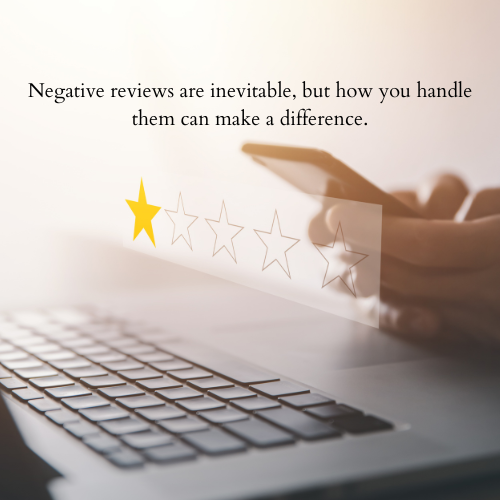
Negative reviews are inevitable, but how you handle them can make a difference. Respond promptly and professionally, addressing the customer's concerns and offering a resolution. This approach shows potential customers that you care about their satisfaction and are willing to make things right.
Acquiring quality reviews is a constant battle but it's worth it, according to Ryan Vaughn, owner at SD Epoxy Floors.
“Encourage satisfied customers to leave reviews and respond promptly to any negative feedback," he advised.
It's also recommended to regularly check review platforms for new feedback. This strategy helps in identifying trends and channels for improvement.
Don't forget to celebrate positive reviews. Publish and share them on your website and social media accounts.
Implementing a robust review management strategy can transform your business reputation and set you on the path to success. Start prioritizing quality reviews today and experience the difference they can make.
Conclusion
Quality reviews are a powerful asset for enhancing your online business reputation. By actively managing your reviews, you can build trust, improve SEO, engage with customers, and ultimately drive growth. Embrace the power of reviews and watch your business reputation soar.













